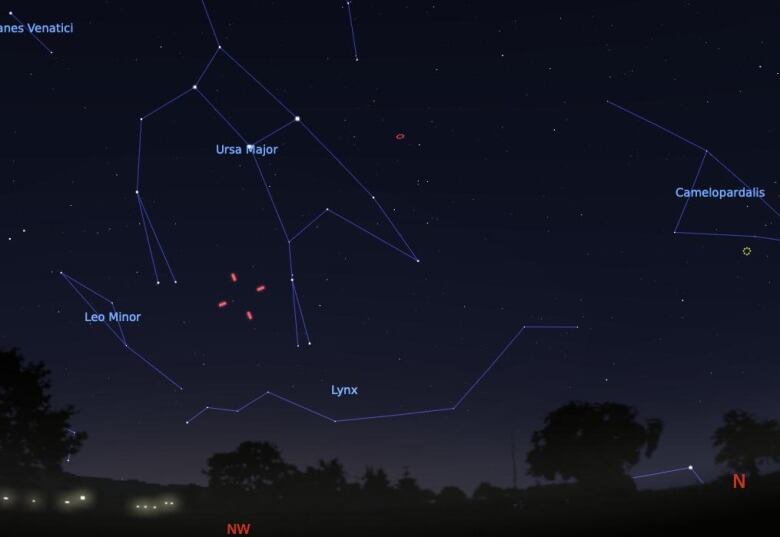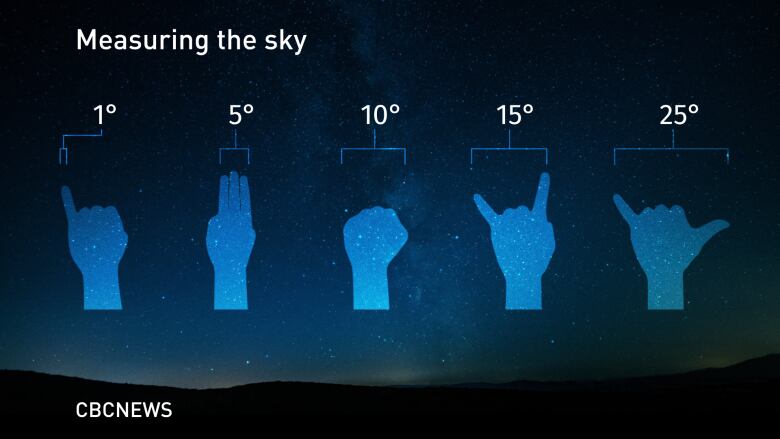There's a new comet in the sky: Here's how you can see it
Comet NEOWISE is an early morning sight, but will soon move to the evening sky

If you're willing to get up early this week, you're in for a magnificent sight: an early morning comet.
Comet NEOWISE, named for the space telescope that discovered it on March 27, was at firstvisible only through powerful telescopes. But it has recently brightened enough to be seen through binoculars.
At the moment it's visible in the early morning.But the good news is, this won't be the case for long.
The comet formally known as C/2020 F3 (NEOWISE) rises in the northeast around 3:30 a.m. local time and climbs until sunrise.
You can find it by looking northeast toward the constellation Auriga.

The comet will eventually sink below the early morning horizon and return to view in the evening sky on July 12 just after sunset, roughly 10 degrees above the northwest horizon. Look to the bowl of the Big Dipper and follow it toward the horizon.
Over time, the comet will continue rising. On July 20 it will beroughly 20 degrees above the horizon ataround 10 p.m., when the sky will be significantly darker, though not completely dark.

There's a word of warning, however: All this hinges on whether the comet at least maintainsits current brightnessand stays together.
As comets round the sun, they become brighter as they warm, causing ice to sublimate (going directly from a solid to a gas) and releasing other trapped gases. This is what gives comets their tails.
Comet NEOWISE and the city of Toronto, Ontario, Canada ! I was up really early for this shot. It's not often that we get the opportunity to see or photograph a comet of this brightness and with a tail. I hope you like it! https://t.co/BFyxFFw2DE pic.twitter.com/sGZBiEVryM
—@weatherandskyDuring the next revolution I tried to capture the C/2020 F3 (NEOWISE) comet a bit closer, the brightest one over the last 7 years.
Its tail is quite clearly visible from the @Space_Station!#ISS #comet #NEOWISE pic.twitter.com/FnWkCummD6
—@ivan_mks63But there's a chance the warming will cause a comet to break apart, as was most recently witnessed with Comet C/2019 Y4 (ATLAS). That comet was discovered in December 2019 and continued to brighten until March. It then began to dim and was found to have broken apart into more than a dozen pieces.
As for Comet NEOWISE, it will make its closest approach to Earth on July 22 at a distance of 103 million kilometres.













_(720p).jpg)


 OFFICIAL HD MUSIC VIDEO.jpg)
.jpg)



























































































